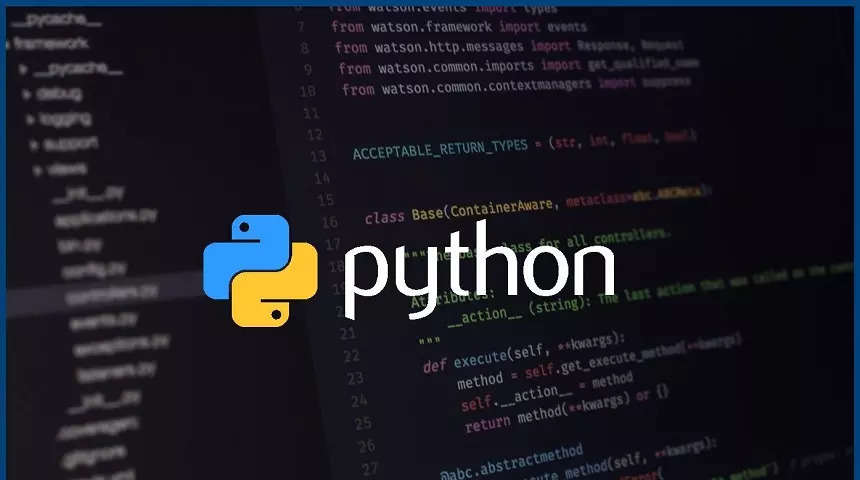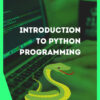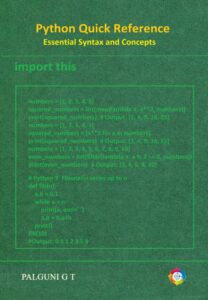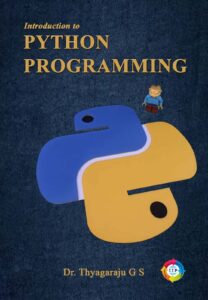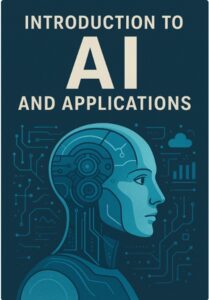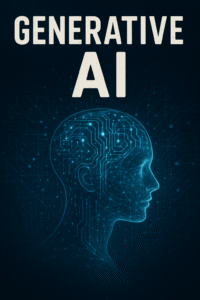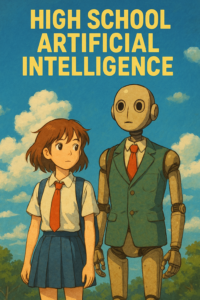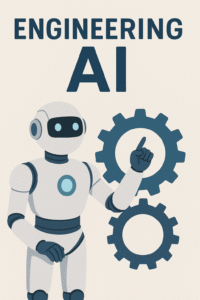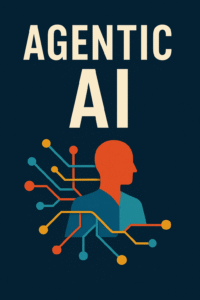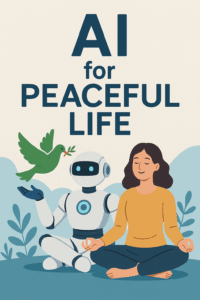“Everyone tries to exploit context, but context is like God—it follows its own path beyond human control.”
Introduction to Contextual AI and its Applications
Contextual AI refers to the use of artificial intelligence (AI) systems that can understand and interpret the context in which they operate. Unlike traditional AI systems that primarily rely on predefined rules or patterns, contextual AI leverages contextual information to make more informed and tailored decisions. It takes into account factors such as user preferences, location, time, and historical data to provide more relevant and personalized experiences. This approach enables AI systems to adapt and respond effectively to dynamic and ever-changing environments.
Vertical Growth: The Path to Personal Excellence
In the realm of personal development, the pursuit of excellence is a common aspiration. Many of us seek to improve ourselves, achieve success, and lead fulfilling lives. However, the question arises: What is the best approach to personal growth? Should we focus on expanding our horizons horizontally or strive for vertical growth? This article delves into the concept of vertical growth and how it serves as the pathway to personal excellence.
Contextual AI: Unveiling Meaning in Student Data Analytics
Contextual AI has the potential to revolutionize student data analytics in education. By leveraging the power of artificial intelligence and considering contextual elements, educational institutions can unveil meaningful insights and make informed decisions. Through personalized education, early intervention, efficient resource allocation, and evidence-based decision making, institutions can enhance student outcomes and foster a supportive learning environment. As the role of data analytics in education continues to grow, embracing contextual AI will be instrumental in unlocking the full potential of student data and ensuring that every learner receives the support they need to succeed.
Python Cheat sheet
A Python cheat sheet is a quick reference guide that summarizes the most important features of the Python programming language. It typically includes information on syntax, data types, control structures, functions, and modules, among other things.
Introduction to Python Programming
Python is a high-level, interpreted, and general-purpose programming language that was first released in 1991 by Guido van Rossum. It has become one of the most popular programming languages in the world due to its simplicity, readability, and versatility. Python is often used for web development, scientific computing, data analysis, artificial intelligence, and automation.
Authors : Dr.Thyagaraju GS and Palguni GT [E- Book : As per the Latest syllabus of VTU- Belagavi and all Autonomous and Deemed to be Universities .]
Introduction to C Programming
C is a high-level, general-purpose programming language that was originally developed at Bell Labs by Dennis Ritchie in the 1970s. It is a structured, imperative, procedural, and compiled language that is widely used for system programming, embedded systems, and other applications that require efficient low-level access to hardware and memory.
Artificial Intelligence, Machine Learning and Data Science : Essential Concepts and Algorithms
Machine learning algorithms are a set of statistical and computational techniques that enable machines to learn from data and make predictions or decisions without being explicitly programmed. There are several types of machine learning algorithms, each with their own strengths and weaknesses. Some of the most commonly used machine learning algorithms with python code is discussed in this E-Book.
Quantum Computing
Quantum computing is a type of computing that utilizes the principles of quantum mechanics to process information. In classical computing, information is stored and processed using bits, which can represent either a 0 or a 1. In quantum computing, information is stored and processed using quantum bits, or qubits, which can represent a superposition of both 0 and 1 states simultaneously.
Quantum Machine Learning Algorithms
Quantum machine learning algorithms are algorithms that use the principles of quantum mechanics to perform machine learning tasks. These algorithms are designed to take advantage of the unique properties of quantum computing, such as superposition, entanglement, and interference, to perform certain computations faster and more efficiently than classical algorithms.
Some of the most commonly used quantum machine learning algorithms are discussed in this E-Book.
Contextual Artificial Intelligence
Context-aware computing is a type of technology that allows computers and other devices to sense and understand the context of their environment and users. This technology aims to enhance the user’s experience by providing relevant and timely information or services based on their current situation, such as location, time of day, weather, and social context.
4 Books to MASTER Python
Learning Python is a valuable skill for anyone interested in pursuing a career in technology or simply wanting to improve their problem-solving skills. It is a versatile language that can be used for a wide range of purposes, from web development and data analysis to artificial intelligence and scientific computing.
Towards Contextual Conscious Quantum Artificial Intelligence with Python
Humans are unique as compared to other animal beings in learning and applying the learned knowledge to provide best solutions for real time problems. Trends in technologies are progressing in such a way that in future, human created systems will gradually acquire human capabilities like Contextual Consciousness and Intelligence. Context represent the situation of an entity of interest. Contextual Consciousness represents the ability of being aware/conscious about the context of entity and its surroundings. And intelligence represents the ability to apply the knowledge to perform actions under given context in a given environment. These 2 qualities, Contextual Consciousness and Intelligence, are so much important and complex that even human beings require a lot of hard work, training and practice to possess and apply them judiciously.
Family Aware TV Program and Settings Recommender
In this paper authors have proposed a design of TV program and settings recommendation engine utilizing contextual parameters like personal, social, temporal, mood and activity. In addition to the contextual parameters the system utilize the explicit or implicit user ratings and watching history to resolve the conflict if any while recommending the services .The System is implemented exploiting AI techniques ( like ontology, fuzzy logic ,Bayesian classifier and Rule Base) , RDBMS and SQL Query Processing .
WHAT IS CONTEXT?
Definitions given by earlier works and standard dictionaries agree on the key idea that context describe situation. This definition clearly states that context is always bound to an entity. The entity itself is regarded as something that is relevant to the interaction between a user and an application. The user-application relationship is rooted in the traditional notion of an application, but not limited to it.
Five Stages of Design Thinking
Design thinking is a human-centered problem-solving approach that focuses on understanding user needs, generating creative solutions, and iterating through prototypes. It typically consists of five stages: Empathize, Define, Ideate, Prototype, and Test. Let’s explore each stage with an example:




